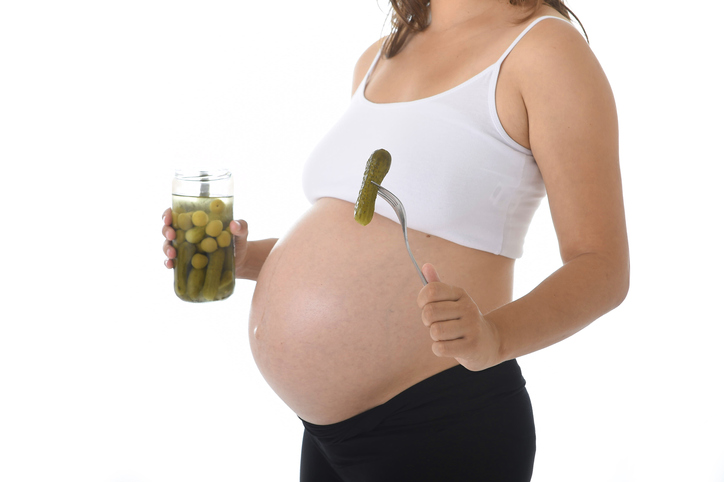 Pregnancy is a time that a woman undergoes significant change and adaptation. These changes and adaptations to the bodily systems occur throughout pregnancy and are timed to support the growth of the fetus and help prepare the woman for birth. Changes in pregnancy are influenced by a number of factors including hormones, genetics, and physiology.
Pregnancy is a time that a woman undergoes significant change and adaptation. These changes and adaptations to the bodily systems occur throughout pregnancy and are timed to support the growth of the fetus and help prepare the woman for birth. Changes in pregnancy are influenced by a number of factors including hormones, genetics, and physiology.
One system affected by these factors is the gastrointestinal system. The changes in the gastrointestinal system are plenty, with physiological and anatomical changes being influenced by the increasing hormones present during pregnancy. A change that receives attention, but also has debate around its occurrence, is the food cravings and food aversions that women experience during pregnancy.
There are conflicting theories as to why women crave or are even avert to certain foods during pregnancy.
One reason is the requirements of the growing fetus and the timing of nausea and vomiting in the first trimester of pregnancy.
As a result of nausea and vomiting, women may seek to replace nutrients that have been depleted or develop food aversions that may serve to protect the fetus (see Orloff & Hormes, 2014). A symptom complex has been hypothesised that involves early pregnancy nausea and vomiting, food aversions, and increased sensitivity to the senses, whereby women avoid strong smelling or tasting foods that could potentially disturb the development of the fetus (see Hook, 1978).
Further research has proposed that women develop aversions to certain items—such as bitter vegetables, spicy dishes and foods that have strong odours—based on their high levels of potential abortifacient or teratogenic chemicals, i.e. substances they may cause birth defects or miscarriages (see Profet, 1988).
While food aversions seek to protect the fetus, food cravings form another hypothesis which is said to occur from the symptom complex mentioned above (see Hook, 1978). Opposite to aversion, food cravings may stimulate maternal intake of foods that are beneficial to the woman and fetus. If a woman is lacking in micronutrients she may crave foods that provide energy and therefore this would ensure balanced nutrition in pregnancy (see Orloff & Hormes, 2014).
However, research into food cravings during pregnancy and the types of food women crave has produced varied findings. These findings include different cravings, such as sweet foods, fast foods and savoury foods can occur throughout the pregnancy trimesters (see Orloff & Hormes, 2014). These findings do not appear to correlate with the nutritional deficit hypothesis.
Another phenomenon related to craving that can occur in pregnancy is a condition called Pica, which is the craving and consumption of non-food materials such as ice, clay, soil, soap and starch. A meta-analysis (of 70 studies) of the worldwide prevalence of Pica concluded that ethnicity, educational attainment and the presence of anaemia were significantly associated with the prevalence of Pica (see Fawcett, Fawcett & Mazmanian, 2016).
Food cravings and aversions during pregnancy have been long studied with a number of hypotheses being proposed, including food aversions and nausea and vomiting protecting the fetus from harmful substances; nutritional deficits acting as a stimulus to encourage good nutrition in pregnancy; and the phenomenon of Pica.
While research has served to uncover the mechanisms behind why food cravings and aversions occur, further research is needed on this issue which will seek to not only gain further understanding, but also promote fetal growth and development and the impact that cravings and aversions may have on the development of disease in later life (see Weigel et al, 2011).
 AUTHOR: Peta Winters-Chang is a Clinical Lecturer in the UQ School of Nursing, Midwifery and Social Work. She is interested in the preparation of midwifery students to be the midwife's of tomorrow and how they articulate their midwifery identity.
AUTHOR: Peta Winters-Chang is a Clinical Lecturer in the UQ School of Nursing, Midwifery and Social Work. She is interested in the preparation of midwifery students to be the midwife's of tomorrow and how they articulate their midwifery identity.



